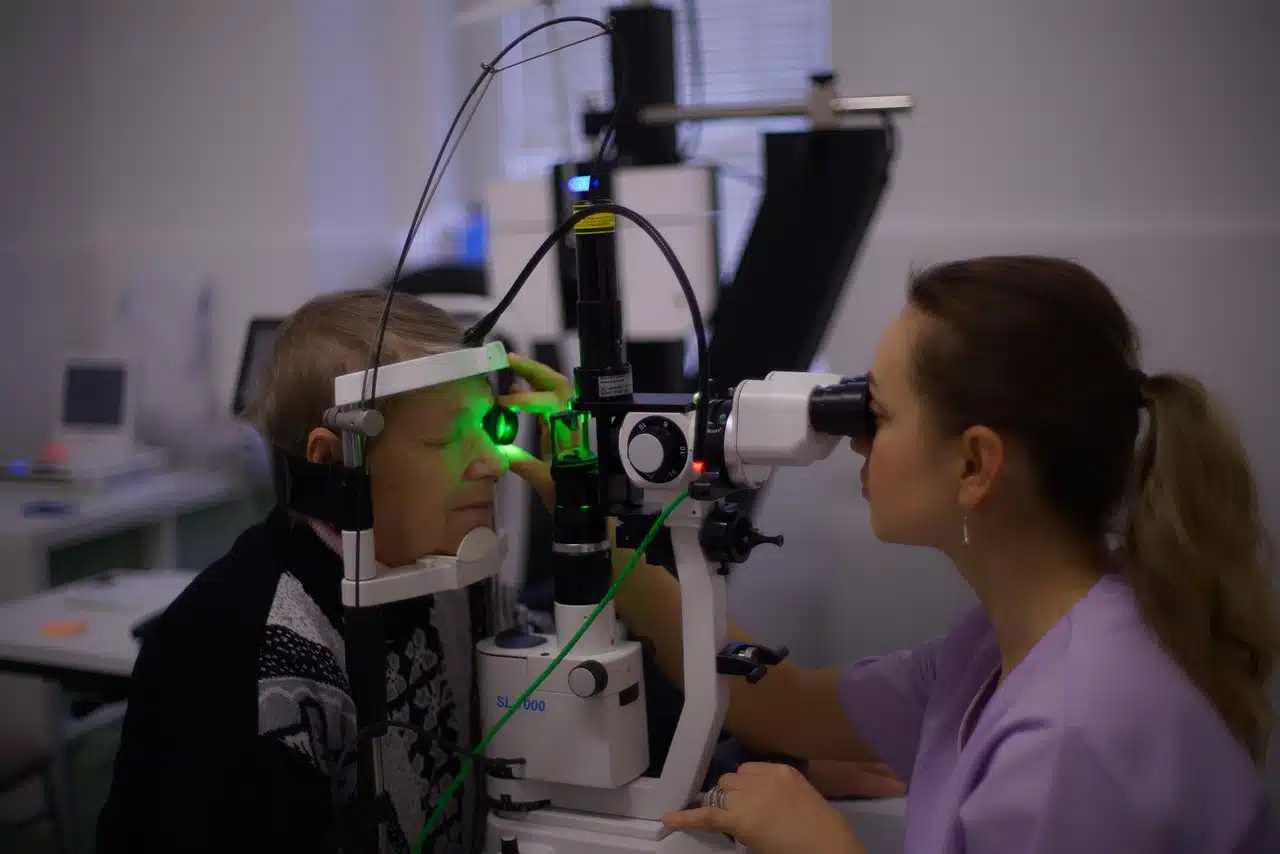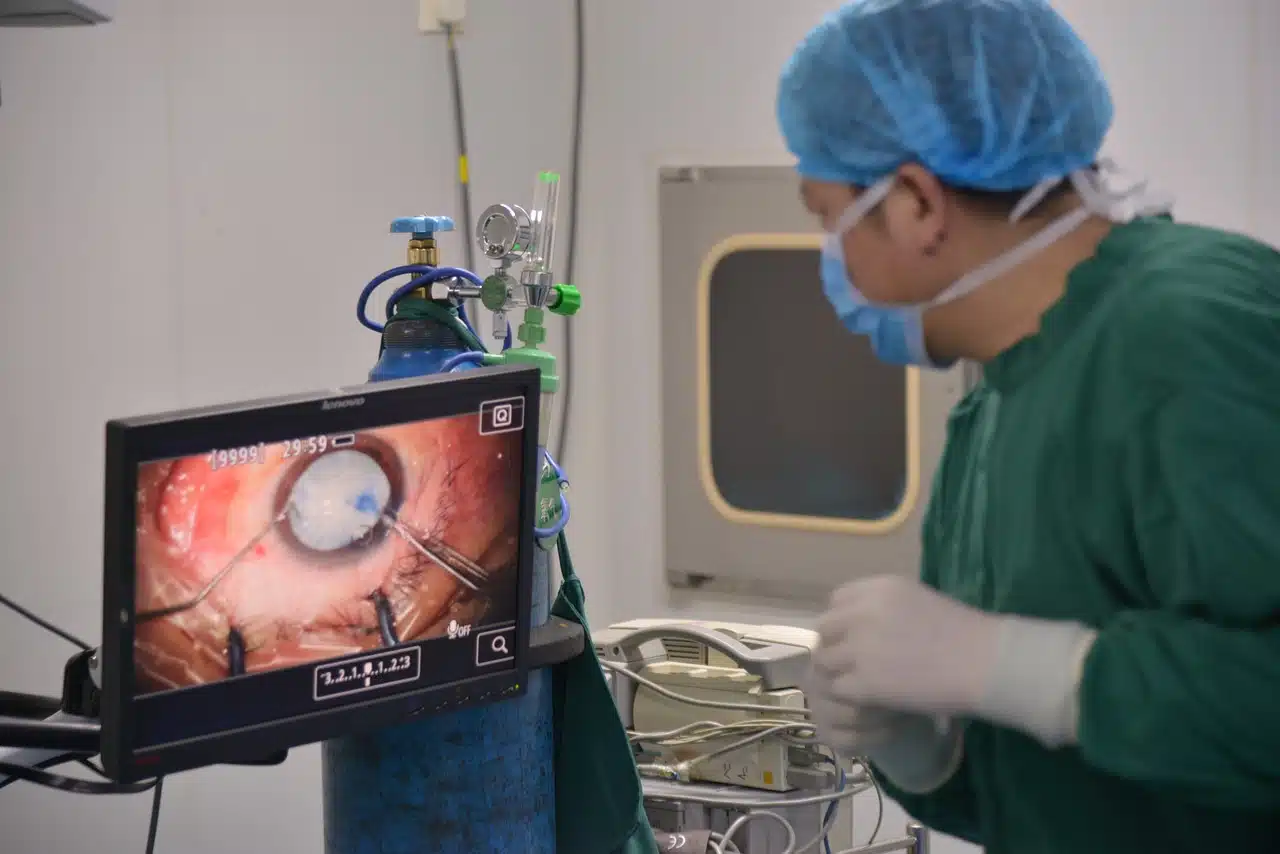
Ophthalmology is the medical specialty dedicated to eye health care.
Ophthalmology is the medical specialty that is responsible for the treatment of eye diseases . This discipline also has application in veterinary medicine since humans and animals often share, in this case, similar pathological processes.
Specialists in ophthalmology are known as ophthalmologists or oculists . Their work includes the diagnosis of diseases, disorders and ailments through various tests.
Ophthalmology treatments
Some eye diseases require the application of pharmacological treatment. This is the case of allergic, infectious and inflammatory processes.
Other diseases, such as cataract (the total or partial opacification of the lens ), myopia (the refractive state of the eye where the focal point is formed anterior to the retina ) or glaucoma (a degenerative neuropathy of the fibers of the optic nerve due to high intraocular pressure ), may require surgical interventions.

Cataract is one of the diseases that ophthalmology treats.
optometry
It should be noted that examining the eye to determine the use of glasses or contact lenses and their corresponding prescription is the responsibility of optometrists. Optometry is the science dedicated to visual health care and the prevention , compensation and treatment of visual anomalies.
By measuring the refractive state of the eyes, optometrists are able to detect and correct astigmatism , strabismus and other anomalies. If the optometrist detects any disease or pathology linked to the visual system , he or she must refer the patient to the ophthalmologist.
Campimetry or perimetry , in turn, consists of the psychometric exploration of the visual field and allows determining the luminous universe that an eye can encompass while remaining motionless.
History of ophthalmology
The history of ophthalmology is relatively extensive, as it can take us back to the first centuries of the first millennium. For example, at the end of the 3rd century the surgeon Sushruta , a native of India , wrote his work entitled " Súsruta-samjita" , which is made up of 184 chapters throughout which he describes more than a thousand diseases and dozens of medicines of various kinds. origins for treatment. Many of these data represented true innovations for various fields of medicine , including ophthalmology.
Of the hundreds of diseases he described in his book, Sushruta included seventy-seven that affect the eyes, of which fifty-one require surgical treatment , including cataract. As a complement to this information, he listed instruments used for operations and recommended ophthalmological techniques that were very useful in his time.
Medicine before Hippocrates of Cos , the ancient Greek who is considered one of the fathers of medicine, tended to be based more on speculation than on irrefutable scientific evidence. Some of the concepts they discussed back then were the cornea and the sclera, two of the ocular layers that they recognized in a similar way to today, as well as the pupil and a liquid located in the middle of the eye that they considered the source of our sense. of sight . Aristotle discovered a third layer after dissecting several animal eyes.
The invention of the microscope
The arrival of the microscope was the gateway to a large number of advances in the field of ophthalmology, as it allowed the eye to be studied with an unprecedented level of detail. This occurred between the 17th and 18th centuries , although some concepts were not consistent with current ones but needed more decades to be defined "correctly." For example, only in 1834 was the layer of cells thanks to which we can see, the cones and the rods, discovered.
Although eye surgery is relatively old, it is believed that it was not until the first half of the 18th century that the first operations were performed in the field of ophthalmology itself, and one of the pioneers was Juan Freke .
